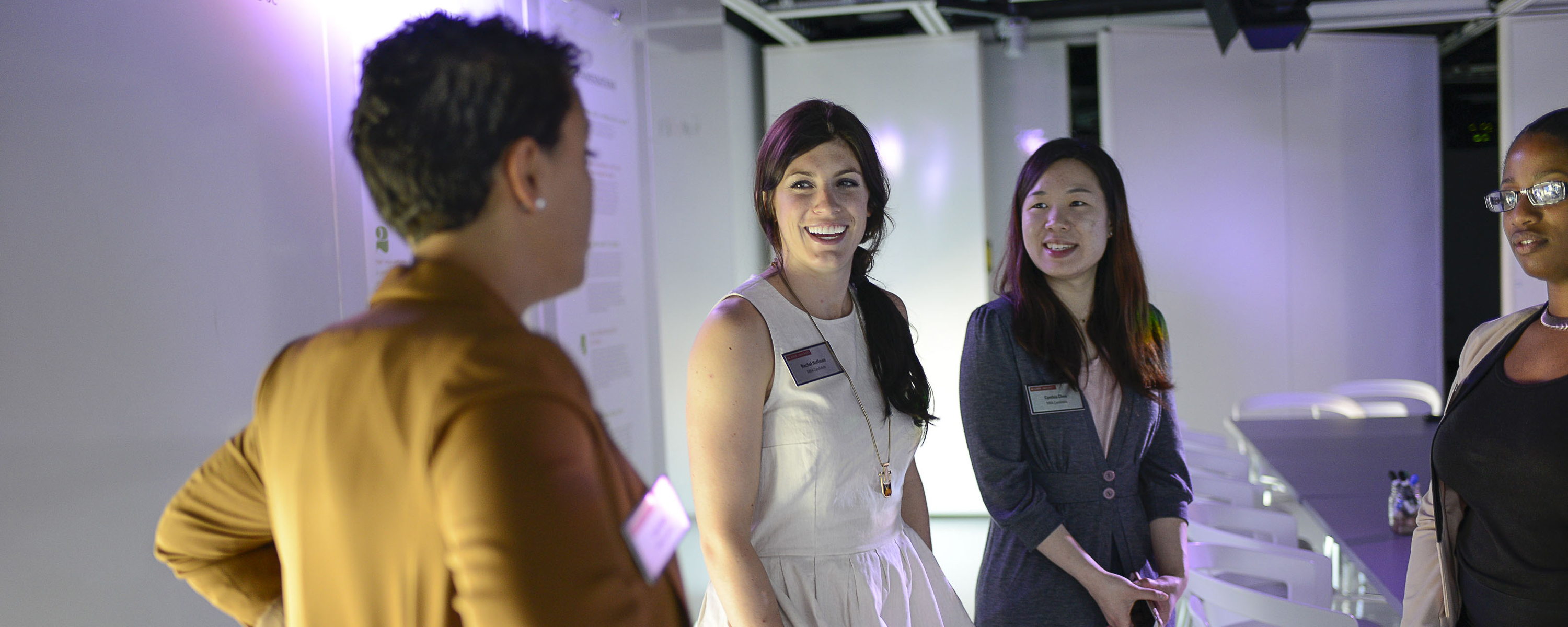
The Best Mousetrap Doesn’t Always Win
NC State Poole College of Management marketing professor Stacy Wood doesn’t have a crystal ball, but her research on the psychology of innovation and related trends is helping companies around the world understand human behavior before they develop and market new products and services instead of afterward. That can increase the likelihood that consumers will accept marketplace changes.
The research she and students have conducted through NC State’s Consumer Innovation Collaborative, an academic-corporate research initiative that Wood founded, is having a big impact on corporate practices in many industries and sectors.
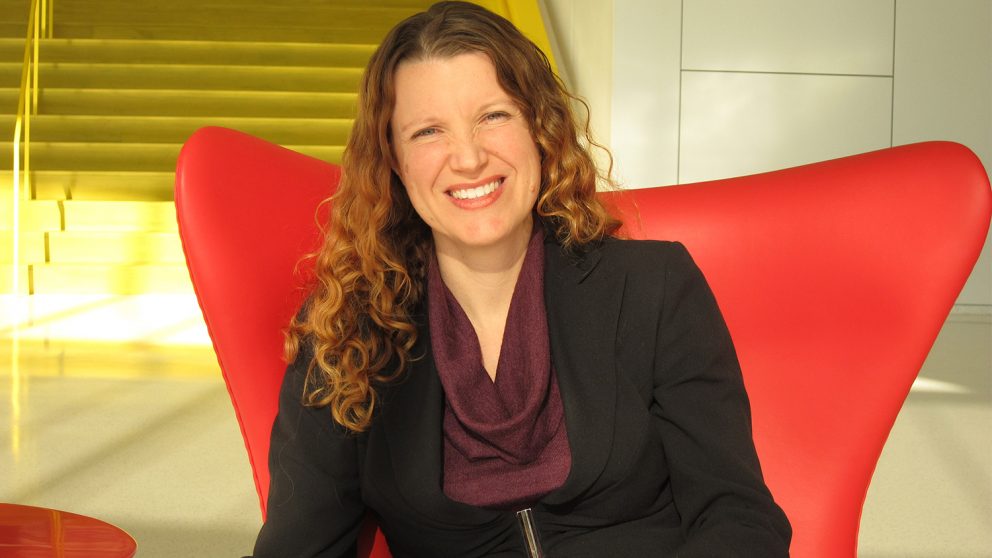 Stacy Wood, Langdon Distinguished University Professor of Marketing
Stacy Wood, Langdon Distinguished University Professor of Marketing“We look for their big, futuristic issues that they know are important, but they don’t have the bandwidth to tackle,” says Wood, who joined Poole in 2010 as Langdon Distinguished University Professor of Marketing. She has won major research awards, and her work has appeared in the field’s leading journals.
Working with engineers, scientists, business executives and other thought leaders through the Poole collaborative, “We talk about what’s challenging and confusing for them,” Wood says. “That helps us craft research questions together, so we can speak to the issues that they’re interested in” and develop a research agenda.
She approaches the study of consumer behavior as a scientist. “Learning to use the tools of the psychologist and anthropologist to really understand behavior is critical,” says Wood. “You never want to just develop a new, awesome thing” without considering how consumers may react to it.
Innovation is more a human process than a technological one. The best mousetrap doesn’t always win. Persuasion, environment, culture and context always matter.
Wood’s research aids technology and science-related companies in developing new services and products by predicting what people want and need, how they execute the changes in the marketplace and how consumers respond — whether they adopt an innovation or never give it a chance. She’s helping businesses rethink the ways that they approach innovation and engage customers to sustain brand loyalty and improve the consumer experience.
“Innovation is more a human process than a technological one. The best mousetrap doesn’t always win. Persuasion, environment, culture and context always matter,” she says. “Marketing is really about how do you deeply understand needs and then provide a solution and communicate that you have a solution.”
Innovation in Healthcare
Wood recently discussed her cutting-edge ideas during a talk in May on behavioral science and the customer experience at the Marketing Science Institute conference at Duke University. Her talk focused on the impacts of innovation on the healthcare industry, which is undergoing many changes driven by technology, the environment, consumer culture and the marketplace structure.
Wood notes that electronic health records, self-testing, and telehealth — the delivery of health care services remotely through telecommunications technology — are only some of the trends that will continue to impact the healthcare industry. “Medical care is going to be delivered in new ways, even including from smart cars and smart homes,” Wood says.
Healthcare Applications
Wood presented her research in late 2017 at the UNC School of Medicine Grand Round Lecture series, and at the 2018 Marketing Science Institute (MSI) conference at Duke University.
Changes in pharmacies may be coming, too. With the help of Poole College graduate students working in interdisciplinary teams, Wood conducted research for a company on what the pharmacy of the future could look like. They talked with consumers, public health officials, people in the virtual reality field and others to create descriptions of how pharmacies someday might offer their services and products differently.
Wood, who also serves as president of the Association for Consumer Research, has studied how to motivate consumers to try new product innovations, including medications and other healthcare products.
Doctors often are frustrated and confused when patients don’t follow through with new products, medications or procedures they’ve recommended. Wood suggests that this highlights the importance of companies looking at the psychology of innovation, including a deep understanding of patients’ incentives for and obstacles to doing something new.
“The hurdles that stop consumers aren’t always obvious, they aren’t always logical,” Wood says. “It gets into issues of psychology, sociology, culture, how we learn about changes and whether or not we’re persuaded…it’s like finding the twig that’s damming up the creek. It may not be a big stoppage, but the creek will not flow until you find those little things that are impeding it.”
The Complacency Effect
In her research, Wood has studied the “expert complacency effect,” the finding that consumers who are more familiar with products or services, dubbed “experts,” can be less successful in adopting innovations than people who are novices, or new to products, whether it’s computer equipment, a kitchen gadget, medications or other goods.
Highlighted Research
Wood’s research with partner firms was featured in journal article “The Efficacy of Green Package Cues For Mainstream versus Niche Brands,” published in the Journal of Advertising Research (June 2018) and co-authored by Stefanie Robinson, assistant professor of marketing in Poole College and Morgan Poor, assistant professor of marketing, San Diego State University.
Wood finds that this occurs when experts don’t learn how to use the new product as well as novices. Experts can often fail to learn well because they are too complacent—they rely on their old product category knowledge and fail to recognize what has changed. In other words, Wood says, “The experts just can’t throw away their old and out-of-date knowledge.” The problem arises when experts use the new product—because they are prone to errors in using the new product, they see it as a bad product. Further, they don’t recognize that their bad experience with the product is the fault of their own usage errors. Novices are more diligent in learning to use new products and so, counter-intuitively, get better performance from the new product and are naturally happier.
In her research focusing on medications, experts — patients who had been using a specific type of medicine for a long time — didn’t learn or process carefully how to use a new alternative drug as well as novices did. Expert patients made more errors in how to take the new medication, such as taking it at the wrong time of day or taking it with food when it required an empty stomach.
But, fortunately, this expert bias can be reversed if companies find a way to capture the attention of the experts. “They really have to emphasize to the experts that the world has changed and that their old rules of thumb are obsolete,” Wood says. “Experts have this particular challenge when it comes to learning about how to use new products, but it can be overcome.”
The Comfort Food Fallacy Effect
In another influential study, Wood’s research on what she calls the “comfort food fallacy effect” has revealed an important insight that has changed how some businesses promote new brands.
Most people believe in the idea of “comfort food”—that we seek old familiar favorites when our lives are in flux. Wood explains that her research finds the opposite. “Humans have change mind-sets. When things are up in the air, we’re much more open to new things at that time,” she says. “Whenever we’re not in the automated processes of our habits, that’s a good time to enact change…we’re less locked into our old ways and our own loyalties.” Based on her findings that consumers are particularly open to new things in times of change, some companies now track and target consumers who have had major life changes — a baby, a new job or location — with offers of coupons and other promotions for new products.
That reasoning holds for in-house changes at businesses, too. Wood’s research shows that if a company plans to implement a major new process or system for workers, making “one big period of change rather than lots of tiny changes spread over time” can facilitate employee acceptance of the innovations, she notes.
Over 200 Corporate Partners
Wood’s research has had a significant impact on the businesses — Bayer, The Clorox Company, Cotton Inc., Cisco, Quintiles Transnational (now IQVIA) and others — she has partnered with, as companies change their practices to influence consumer behavior.
“They change not just the launch of new products and services but the actual development process, how they design the invention side of innovation,” she says. “They make changes to how they deliver products and services to facilitate consumer adoption and how they change packaging so consumers are better at knowing how to use things. That’s going to improve the chance that an innovation has in the marketplace.”
By collaborating in- and outside of the classroom with Wood and other faculty, NC State graduate students, including Jenkins MBAs in Poole College, also benefit by gaining real-world experience and learning how large organizations use the college’s research insights. Wood happily notes that she benefits, too, by being exposed to a multifaceted perspective on innovation by working with corporations in different industries and students in different disciplines.
The corporate-academic engagement also helps Wood keep her research relevant through frequent interaction with business executives and provides avenues for practical application of her findings. “We do academic research that’s more relevant, meaningful and impactful,” she says. “We’re generating knowledge that someone actually needs and can use.”
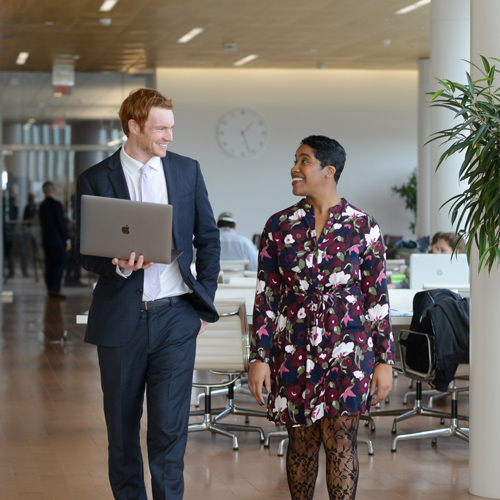
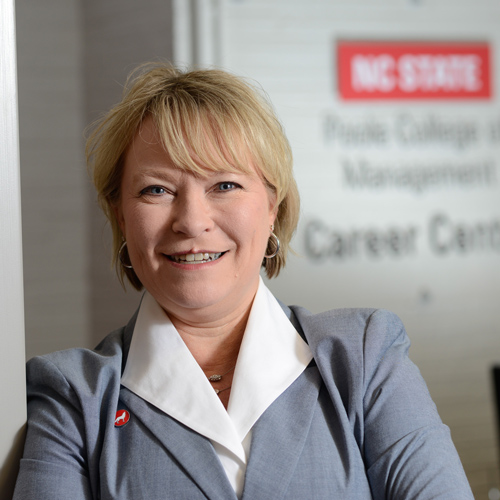




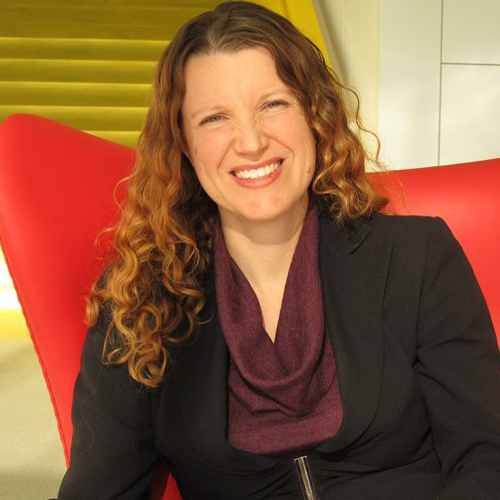
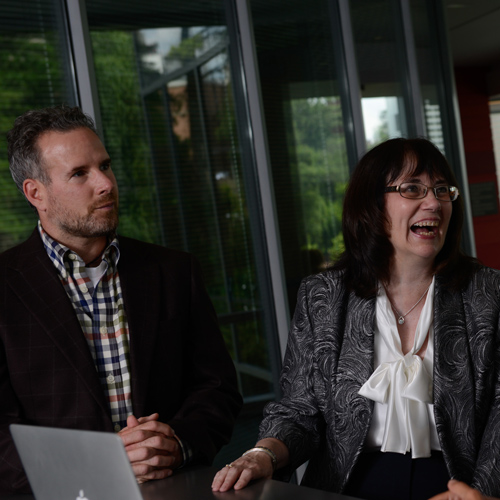
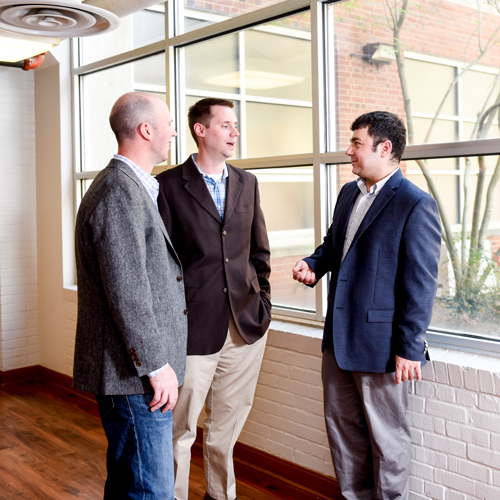
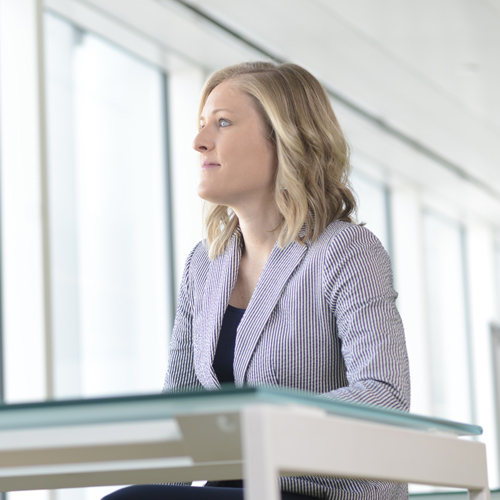

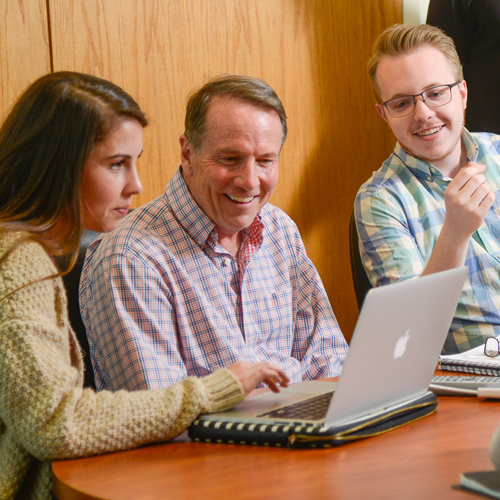

View Comments 0